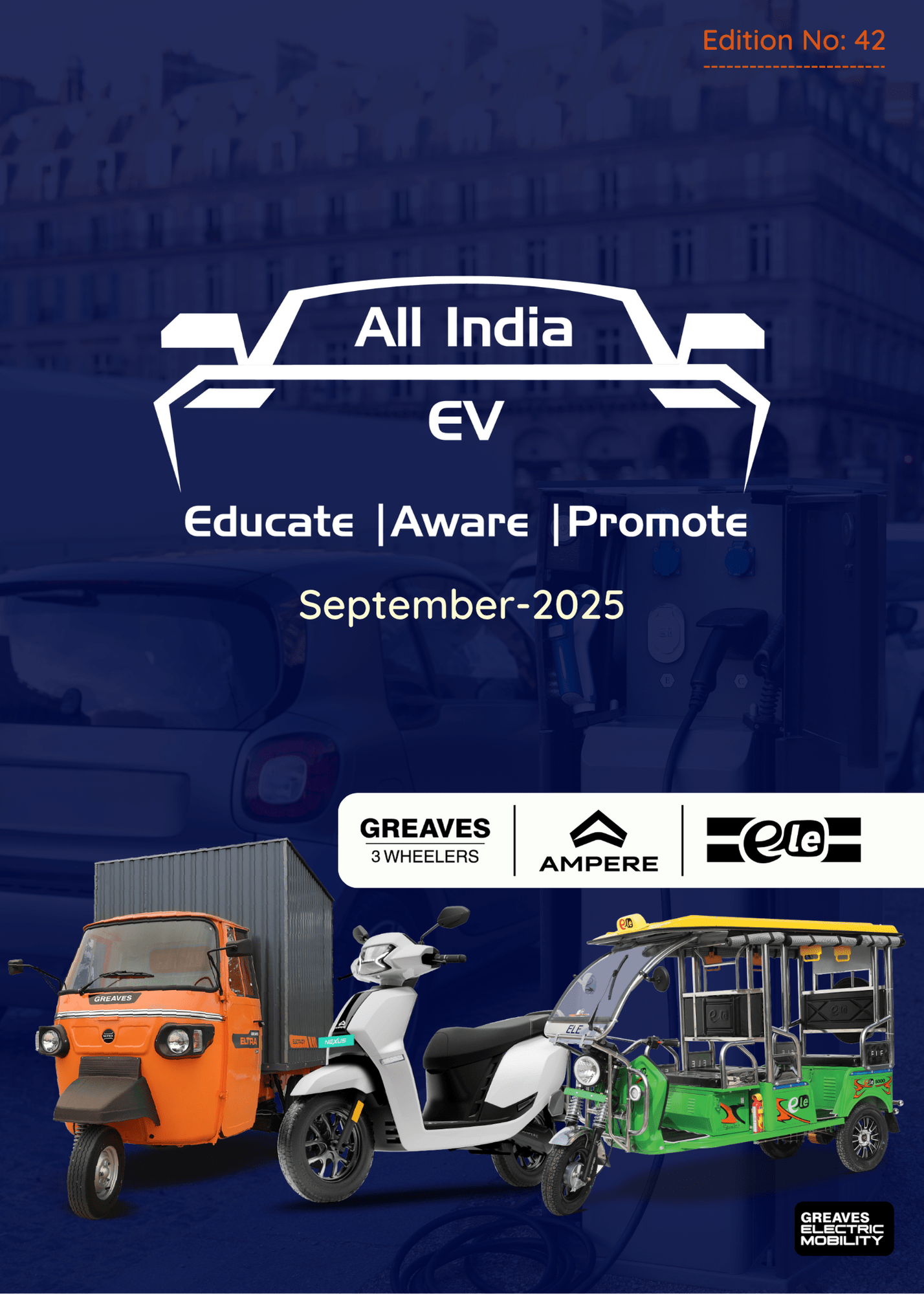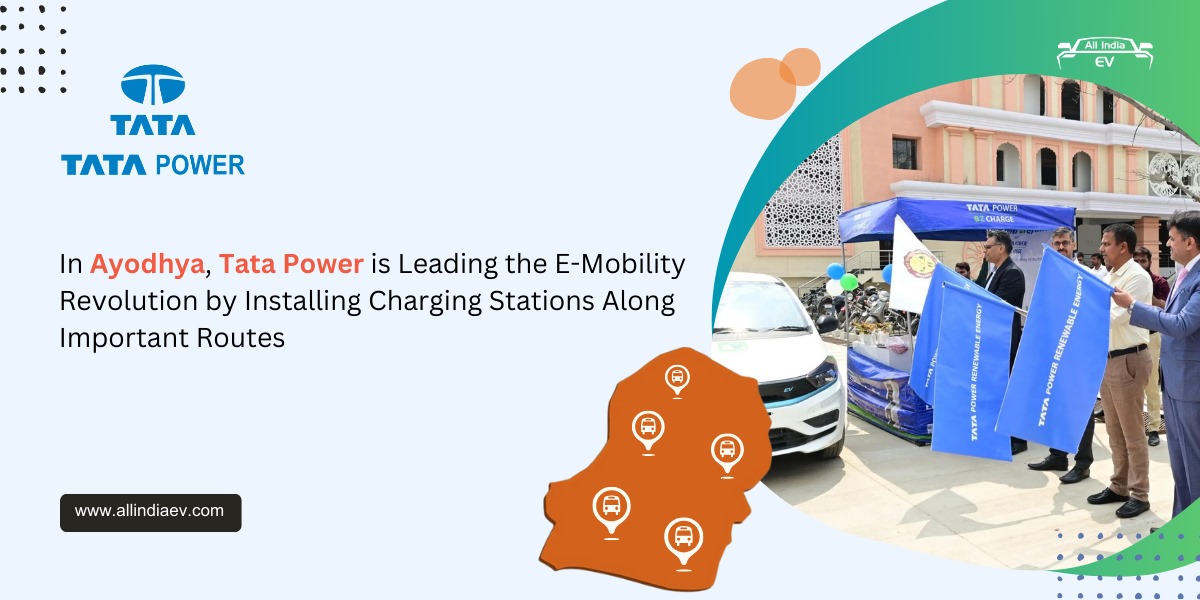
Komaki’s Graphene-Powered Electric Scooter: A New Leap
Indian electric vehicle manufacturer Komaki has recently unveiled its latest electric scooter, the Cat 3.0 NXT. This new model comes with two battery options: Graphene and LIPO4. While the LIPO4 battery is a more conventional choice, the Graphene battery has piqued the interest of many, as it promises a significantly higher range and faster charging times.
Graphene, a revolutionary material known for its exceptional electrical conductivity and mechanical strength, has the potential to revolutionize the electric vehicle industry. If Komaki has indeed integrated graphene into its battery technology, it could significantly improve the performance and efficiency of the Cat 3.0 NXT. However, it’s important to note that while graphene has been touted as a game-changer, its practical application in batteries is still in its early stages.
A Bold Claim: Graphene Battery Powers the Future
This innovative model comes equipped with two battery options: LIPO4, a conventional choice, and the groundbreaking Graphene battery. The latter has garnered significant attention due to its promise of exceptional performance and efficiency.
Komaki boldly claims that the Graphene battery variant of the Cat 3.0 NXT can deliver an astonishing range of over 200 kilometers on a single charge. If proven true, this would revolutionize the electric scooter market, offering riders unprecedented freedom and convenience. However, such ambitious claims require rigorous testing and validation to ensure their credibility.
The Graphene Conundrum: Challenges and Opportunities
Graphene, a one-atom-thick layer of carbon, has been hailed as a wonder material due to its exceptional electrical conductivity, mechanical strength, and thermal conductivity. Its potential to revolutionize various industries, including energy storage, is immense. However, the practical application of graphene in battery technology still faces several challenges.
One of the primary obstacles is the high cost of producing high-quality graphene. Additionally, integrating graphene into battery cells is a complex process that requires advanced manufacturing techniques. Nevertheless, ongoing research and development efforts are gradually addressing these challenges, paving the way for more affordable and efficient graphene-based batteries.
A Wait-and-Watch Approach: A Balanced Perspective
While Komaki’s announcement is undoubtedly exciting, it’s essential to approach such claims with a balanced perspective. While graphene offers immense potential, real-world applications are still in their early stages. Independent testing and rigorous evaluation will be crucial to determine the actual performance and durability of the Graphene battery in the Cat 3.0 NXT.
It’s important to note that the electric vehicle industry is rapidly evolving, with new innovations and technologies emerging regularly. As the demand for sustainable transportation solutions grows, we can expect to see further advancements in battery technology, including graphene-based solutions.









